New research involving nearly 400,000 adults links healthy sleep patterns to a lower likelihood of developing heart, kidney, and metabolic diseases. The study suggests mental health factors may partially mediate this association.


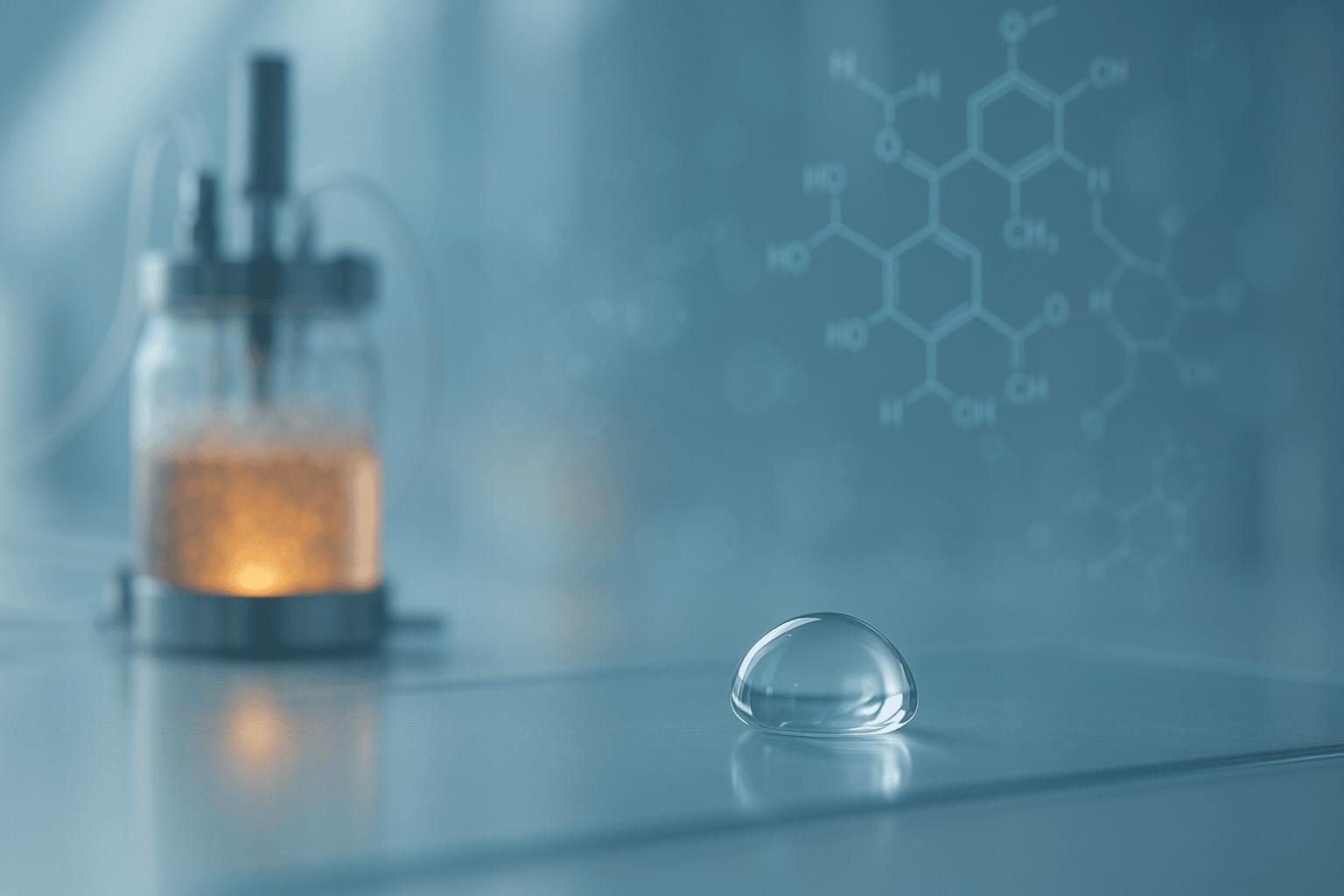
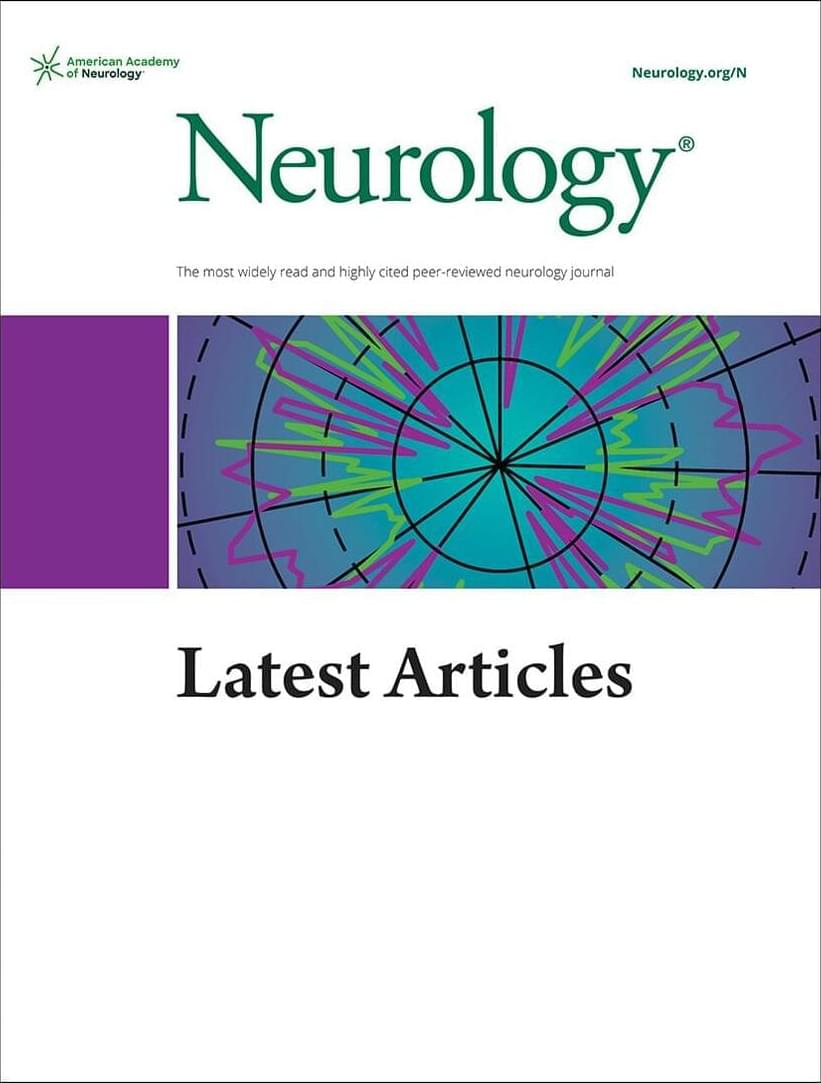

Non-conjugative plasmids limit their mobility to persist in nature.
Sabnis et al. explain why non-conjugative plasmids move at a low rate in nature. While increased mobility can easily evolve by incorporating phage DNA into plasmids, this is disadvantageous because it reduces diversity in populations. This ultimately leaves bacterial populations more vulnerable to being killed, for example by antibiotics.
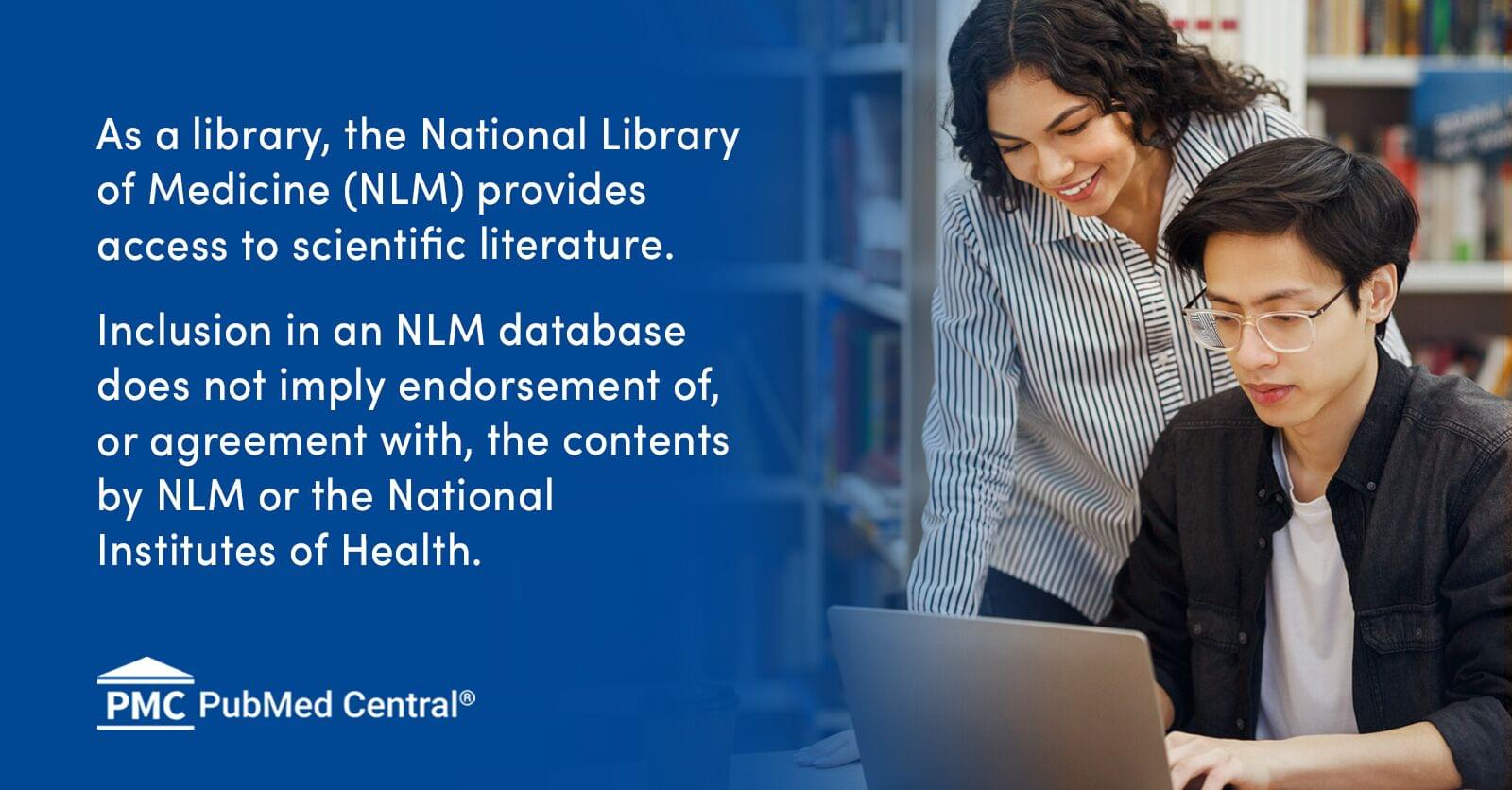
In line with the original observation by Selye of an involution of the thymus and other lymphoid organs in response to stress (205) and the subsequent demonstration of the immunosuppressive effects of glucocorticoids (101), glucocorticoids have traditionally been seen as the hormonal mediators of the immunosuppressive effects of stressors. We will not delve into the details of the vast literature on the effects of stress on immunity, as this topic has been reviewed on several occasions and it is not directly relevant to the present review (3, 9, 160, 169, 204, 220).
Glucocorticoids act on their cellular targets by binding to glucocorticoid receptors (GRs). GRs normally reside in the cytosol in the form of a protein complex that brings together heat-shock proteins and FK506 binding protein 52. Upon binding to their ligand, GRs dissociate from this complex to form monomers or dimers and translocate to the nucleus The anti-inflammatory effects of glucocorticoids are mediated by transcriptional repression following nuclear translocation and tethering of monomeric GRs to the glucocorticoid-response elements of transcription factors such as NF-κB, activator protein (AP)-1, and IFN-regulating factor-3 (234). This results in the downregulation of genes coding for inflammatory mediators, enzymes, and adhesion molecules. Although the hypothesis is still controversial, GR dimerization and transactivation are thought to play an important role in the anti-inflammatory activity of glucocorticoids. This phenomenon is illustrated by data obtained in GR(dim/dim) mutant mice that show reduced GR dimerization and increased sensitivity to TNF-induced inflammation, and to experimental models of sepsis induced by LPS or cecal ligation and puncture (123, 235).
Glucocorticoids can be proinflammatory under certain conditions. This effect can be secondary to the selection of corticoid-resistant inflammatory cells, such as pathogenic Th17 cells that overexpress IL-23 receptor and multidrug-resistance protein and that are found in inflamed gut tissue from patients with Crohn’s disease (186). The proinflammatory effect of glucocorticoids may also result from inhibition of the production and release of anti-inflammatory factors, or conversely from enhanced production and release of proinflammatory mediators. In the first case, dexamethasone administered 24 h before LPS was found to enhance the placenta’s proinflammatory cytokine response to LPS as a consequence of the inhibition of lipoxin A4 synthesis (255). In the second case, it is the dose of glucocorticoids that makes the difference: as mentioned above, physiological glucocorticoid levels can be proinflammatory in some circumstances, whereas high or pharmacological levels are anti-inflammatory. For instance, low doses of glucocorticoids increase the production of macrophage migration inhibitory factor, and this effect is sufficient to override glucocorticoid-mediated inhibition of cytokine production and release by LPS-stimulated monocytes (39).

An international collaboration led by Cornell researchers used a combination of psilocybin and the rabies virus to map how—and where—the psychedelic compound rewires the connections in the brain.
Specifically, they showed psilocybin weakens the cortico-cortical feedback loops that can lock people into negative thinking. Psilocybin also strengthens pathways to subcortical regions that turn sensory perceptions into action, essentially enhancing sensory-motor responses.
The findings were published Dec. 5 in Cell. The lead author is postdoctoral researcher Quan Jiang.
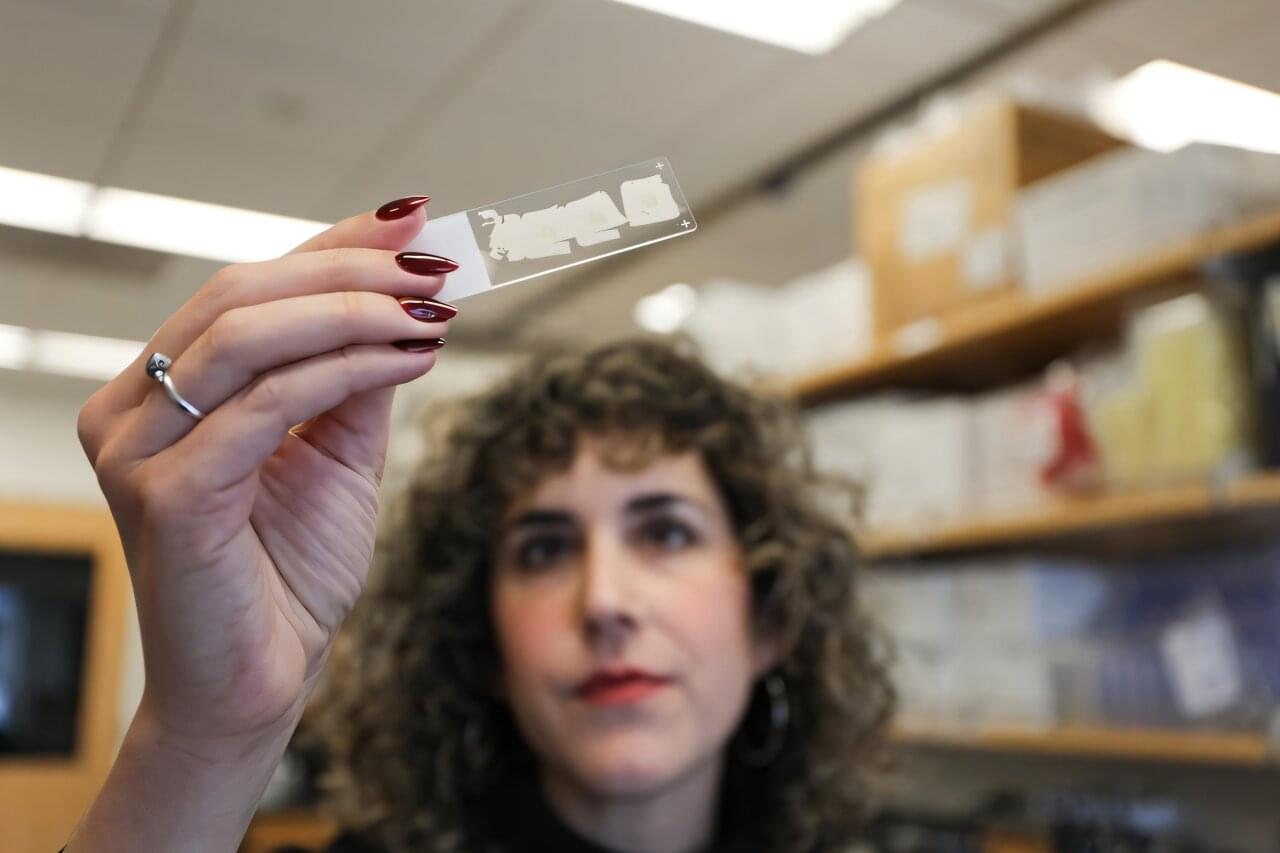
A new study has identified a critical “pressure sensor” inside the kidney that helps the body control blood pressure and fluid levels. The finding helps explain how the kidneys sense changes in blood volume—something scientists for decades have known occurs but didn’t have a mechanistic explanation.
Researchers at Oregon Health & Science University and collaborating institutions discovered that a protein called PIEZO2 acts as a mechanical sensor in the kidney. When blood volume changes, this protein helps trigger the release of renin, a hormone that starts a chain reaction known as the renin-angiotensin-aldosterone system, or RAAS. The system is one of the body’s main tools for keeping blood pressure stable and making sure the body has the right balance of salt and water.
The study, published today in Cell, shows that without PIEZO2, the kidney releases too much renin. This throws the RAAS off balance and causes the kidneys to filter blood too quickly, something that can lead to health problems if it continues over time.
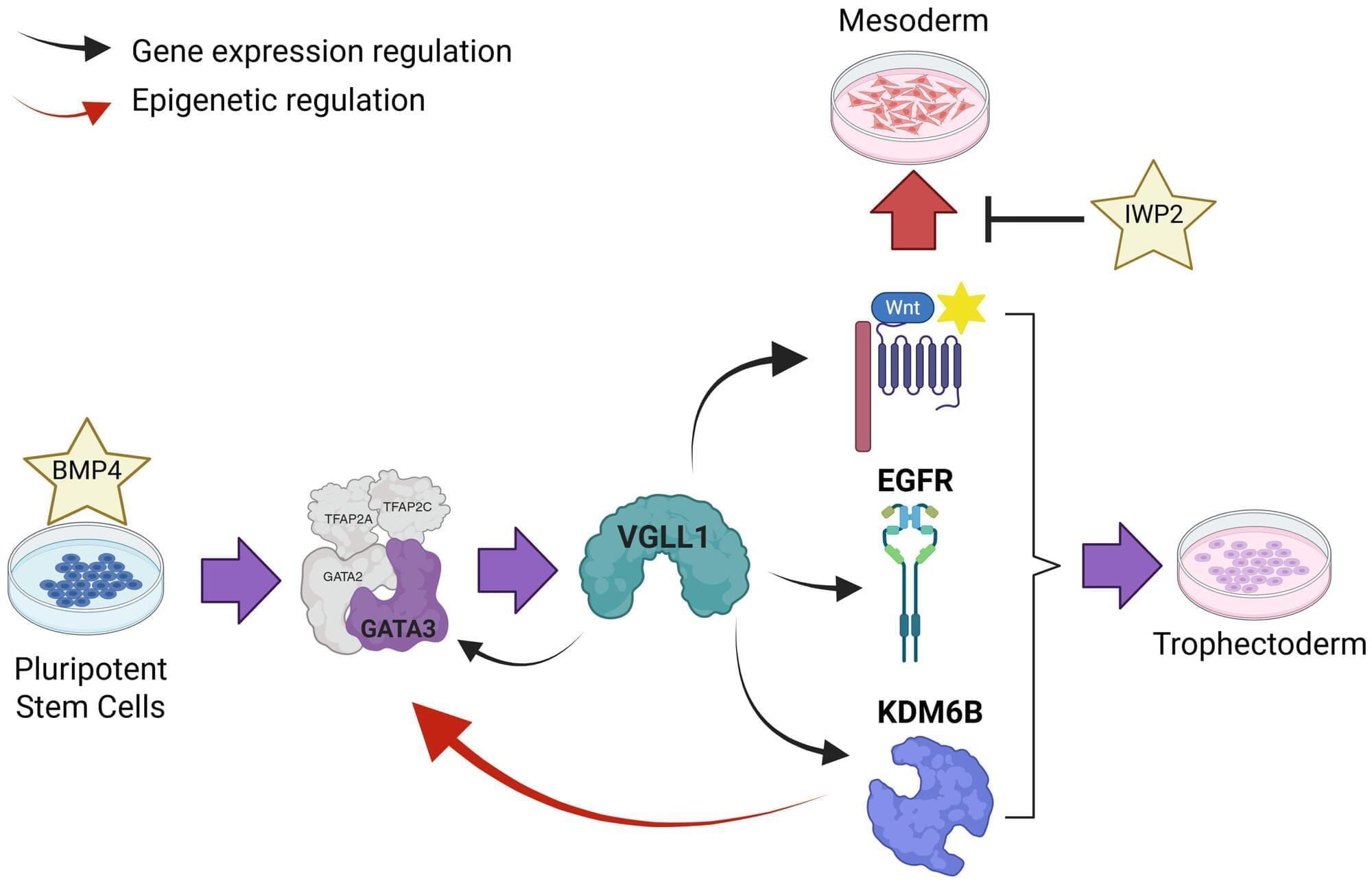
A gene that turns on very early in embryonic development could be key to the formation of the placenta, which provides the developing fetus with what it needs to thrive during gestation.
The placenta provides all of the nutrition, oxygen and antibodies that a developing human fetus needs to thrive throughout gestation. The temporary organ begins to form within six to 12 days after conception, just as the embryo implants itself in the lining of the uterus. Failure of the placenta to form correctly is the second leading cause of miscarriage during early pregnancy, after genetic abnormalities of the fetus that are incompatible with life.
However, the initial stages of placental formation have remained a mystery due to ethical considerations and technical constraints on studying the process in humans.
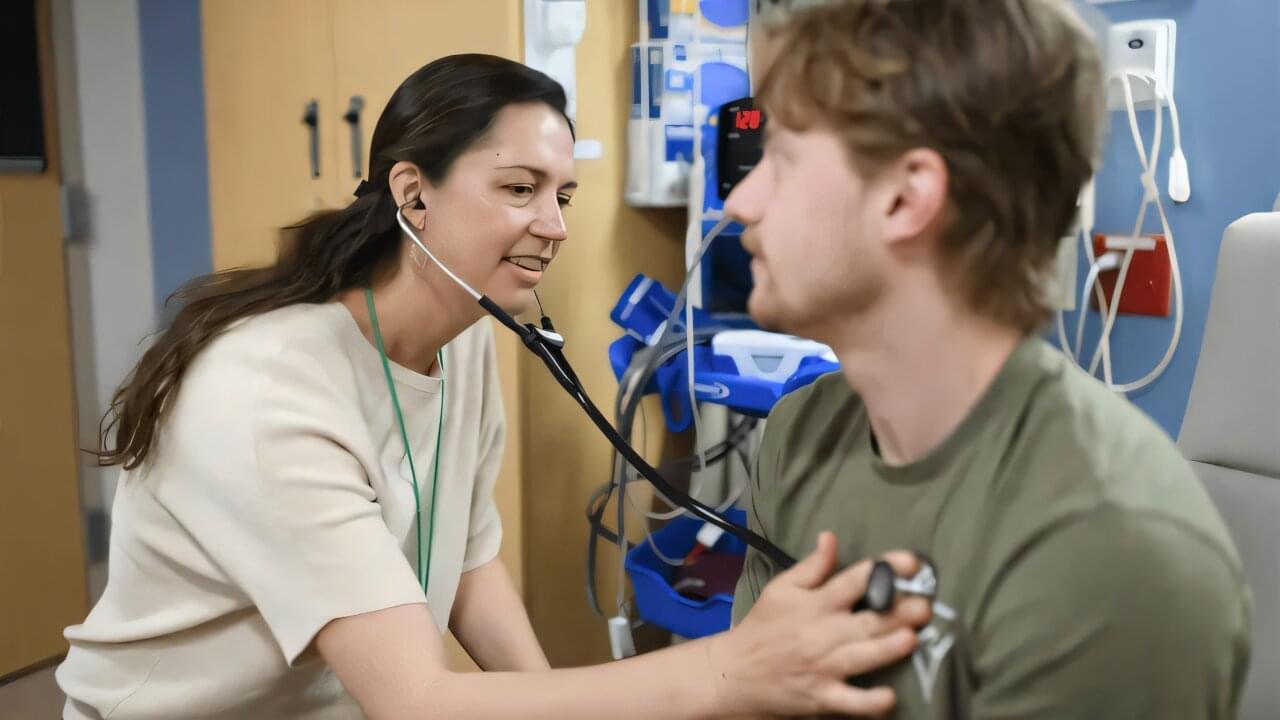
The world’s first single-dose vaccine to prevent dengue fever has been approved for licensure in one of the largest countries affected by the disease, following 16 years of research contributions by scientists at the University of Vermont (UVM) Vaccine Testing Center, in partnership with the U.S. National Institutes of Health (NIH) and the Johns Hopkins Bloomberg School of Public Health (JHSPH).
Dengue is the most common mosquito-borne disease worldwide, with nearly half the world’s population living in places with the risk of dengue. Along with high fever and severe muscle and bone pain, the virus can lead to shock, bleeding, and death.
With more than 100 million cases reported annually, dengue poses a growing risk throughout the globe, including in the United States. Brazil recorded 5.9 million cases of dengue and more than 6,000 deaths in 2024.
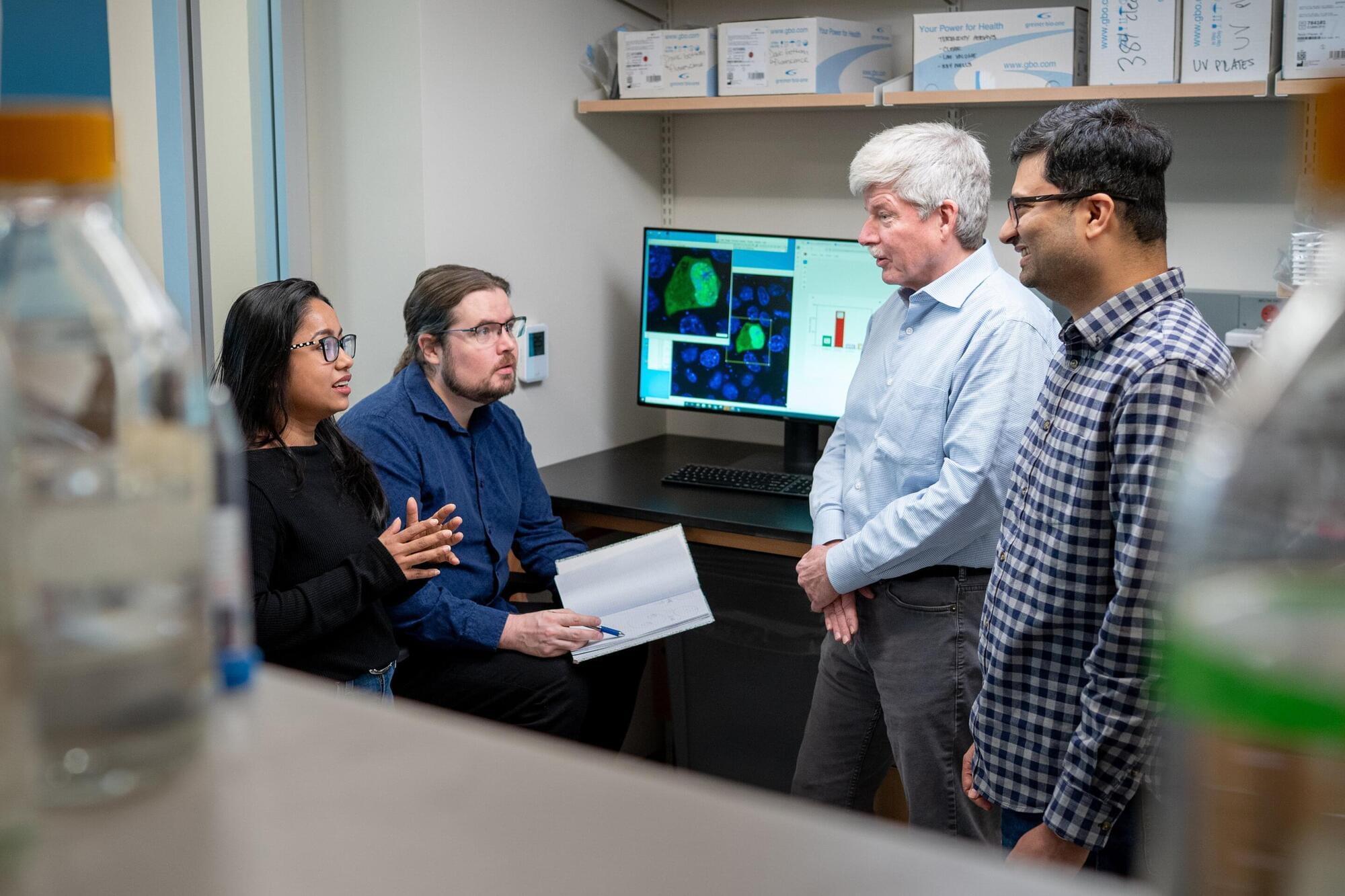
Fusion oncoproteins arise when a gene fuses with another gene and acquires new abilities. Such abilities can include the formation of biomolecular condensates, “droplets” of concentrated proteins, DNA or RNA.
The abnormal molecular condensates formed by fusion oncoproteins can disrupt cellular functions and drive cancer development, but the specific protein features behind this process remain unclear.
Scientists at St. Jude Children’s Research Hospital studied intrinsically disordered regions, unstructured protein segments that are often involved in condensate formation, to determine if they drive fusion oncoproteins to form condensates. They trained a machine learning model, called IDR-Puncta ML, with experimental data from intrinsically disordered regions in fusion oncoproteins to predict the behavior of other such regions.